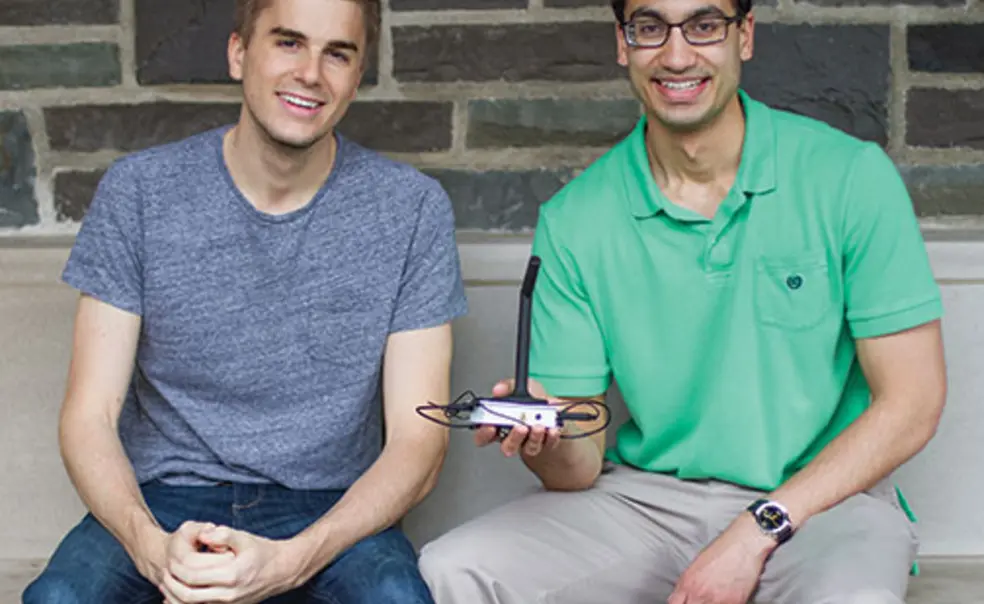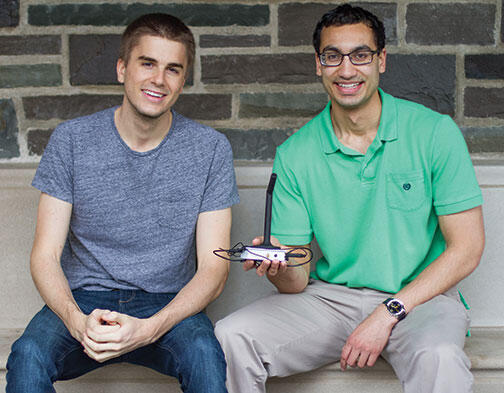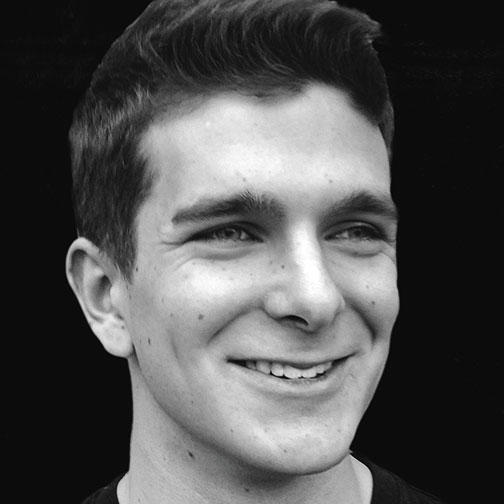Student Dispatch: Meet Jasper, a Do-It-Yourself Way To Control Anything With Your Voice
For Shubhro Saha ’15, the idea of developing an open-source platform for voice-controlled computer applications was born out of a simple desire: to have his house act like billionaire Tony Stark’s in the Iron Man films. “I was sitting around last June and I wanted to live like Tony Stark — I wanted the experience of sitting in a room and talking to my walls,” Saha said.
Jasper, the platform that Saha created with fellow computer-science major Charlie Marsh ’15, operates like a customizable Siri — Apple’s speech-recognition computer application — allowing users to create their own voice-command tools.
“Jasper could be used to power an automated home: controlling light switches, changing the temperature, even activating and deactivating alarms,” Saha said. Developers have proposed uses in manufacturing, in the classroom, and to help those with disabilities.
“The applications are really endless,” he said. “If it makes sense to control something by voice, a developer probably can write a Jasper module for it.”
The idea grew from a collaboration last summer: After Saha built a prototype of his idea, he reached out to Marsh to see if he’d also be interested in working on Jasper. The two had met when working on a project for a course on advanced programming techniques.
When Saha demonstrated the Jasper prototype via video chat, Marsh was impressed with the progress Saha had made: “From there I was sold,” Marsh said. Despite working on opposite sides of the country (Saha spent his summer in New York, Marsh in Seattle), the two developed Jasper throughout the summer, video-chatting daily and working on it a few hours a day.
After Jasper was released last month, its popularity quickly spread beyond America’s borders. Marsh noted that several international programmers had emailed questions regarding the default language of English for Jasper’s first version. “I had a 16-year-old kid email me yesterday asking how he could get Jasper to work in French because he’s learning to program and he wants to program on Jasper,” Marsh said.
The decision to make Jasper’s code “open source” means that the original source code of Jasper is freely available to the public (the website is http://jasperproject.github.io/) and can be modified by other programmers. Compared to forming a company and selling Jasper as a product, Saha explained, “open source allowed us to have tremendous impact very quickly, and also to do it with the amount of time and effort that we had available during the summer.”
Marsh and Saha said they faced many of the same challenges that entrepreneurs encounter: identifying a problem, coming up with an easy-to-use solution, and making a case for why their solution was preferable to other alternatives.
While juggling their work on what Saha termed “technically challenging, meaningful projects that make a difference” and a full computer-science course load, Marsh and Saha have found time to develop and teach “Introduction to Hacking” classes to fellow students.
The release of Jasper led to broad interest from programmers, as well as coverage by Forbes, Wired, and a number of technology websites.
There’s another benefit, too, Saha said: “If you’re looking to get a job as a programmer, there are few better ways than to write good code that’s visible to the public.”














No responses yet